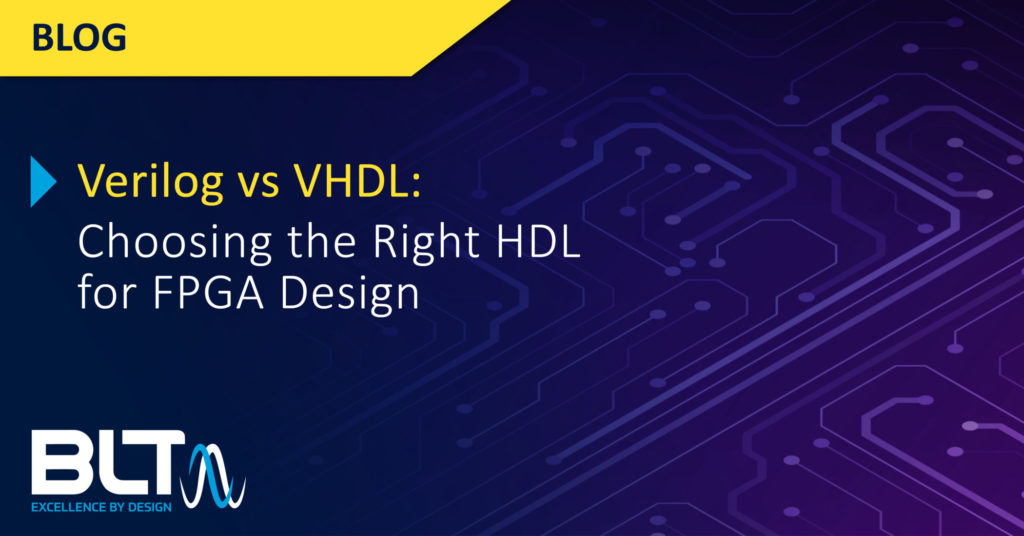
What Is PCIe?
What is PCIe? PCI Express (PCIe) is a high-speed serial interface used to connect processors and peripherals in everything from servers and workstations to embedded systems and FPGAs. If your system needs to move a lot of data fast, it is likely the protocol that makes it happen. PCI stands for Peripheral Component Interconnect in … Continued








